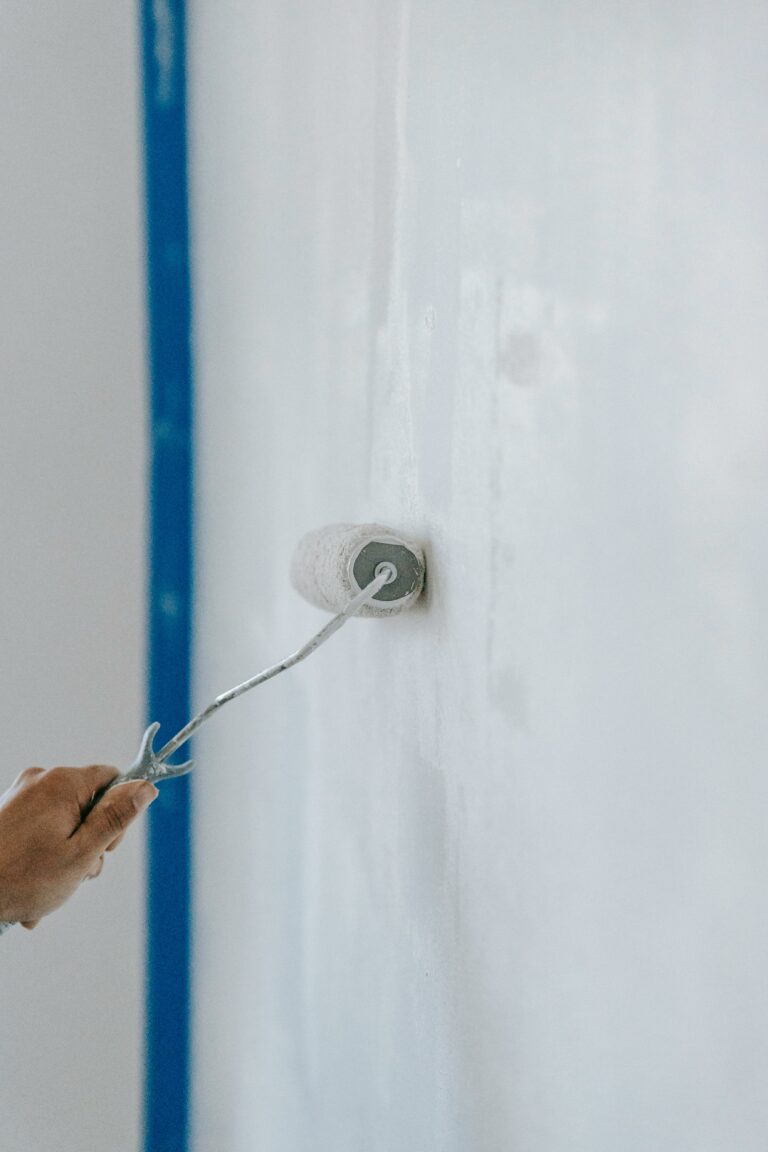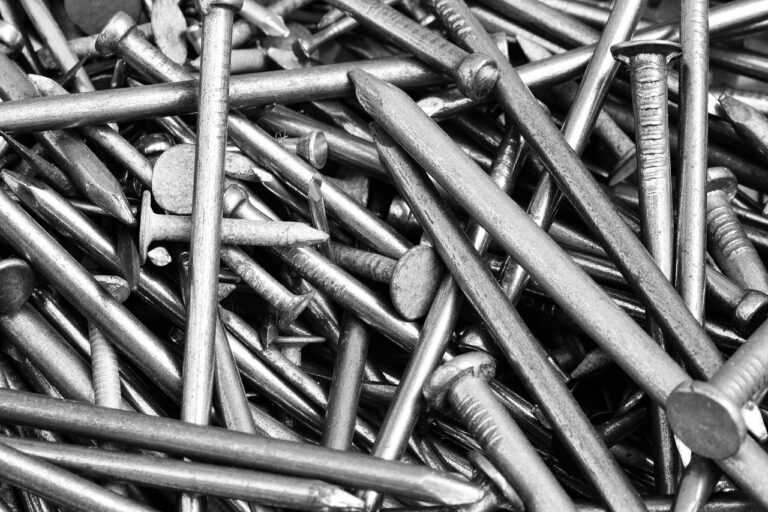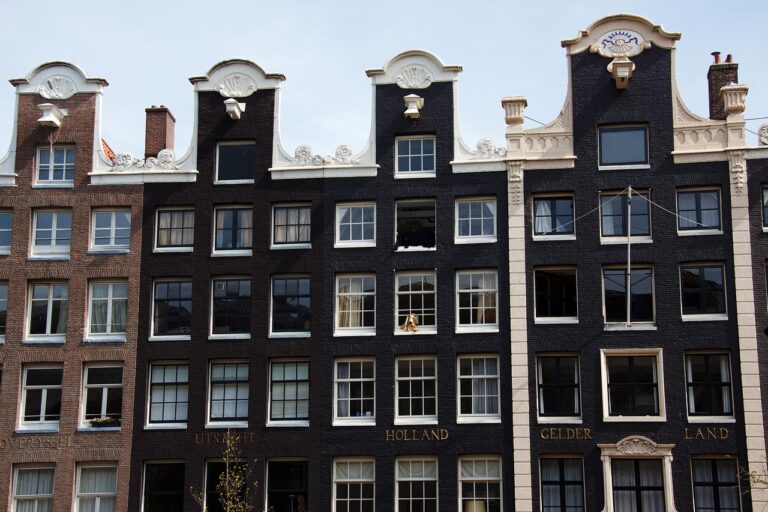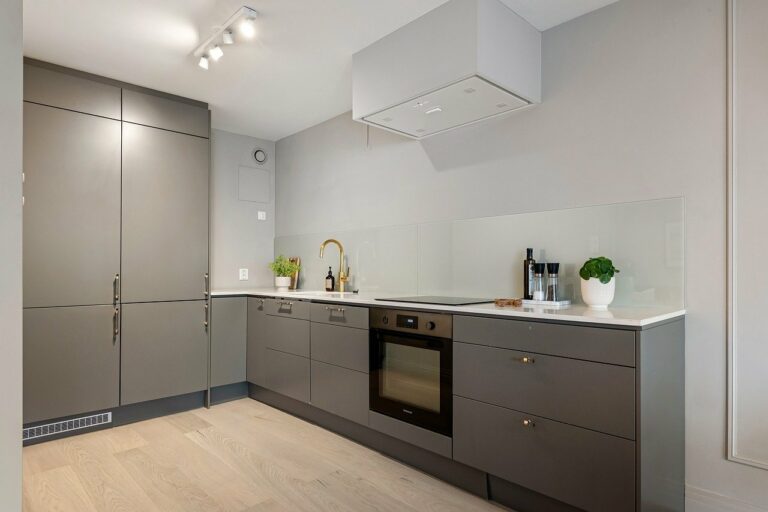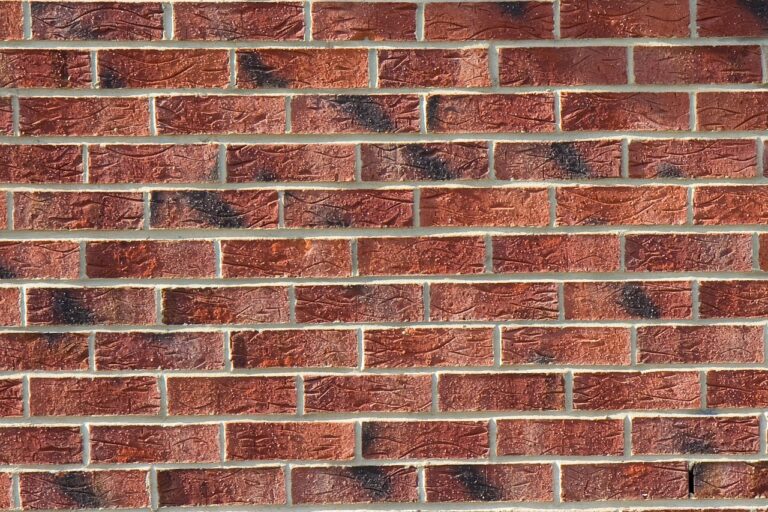Energy-Efficient Lighting Options
Switching to LED lighting can significantly reduce your energy consumption, leading to cost savings over time. LED bulbs are known for their energy efficiency, consuming up to 80% less energy than traditional incandescent bulbs. This means lower electricity bills for households and businesses alike, making LED lighting a practical and economical choice.
Moreover, LED bulbs have a longer lifespan compared to traditional lighting options. With an average lifespan of around 25,000 hours, LED bulbs need to be replaced much less frequently, reducing maintenance costs and time spent on changing bulbs. This durability also makes LED lighting an environmentally friendly option, as fewer bulbs end up in landfills, contributing to a sustainable approach to lighting solutions.
– LED bulbs consume up to 80% less energy than traditional incandescent bulbs
– Lower electricity bills for households and businesses
– LED bulbs have an average lifespan of around 25,000 hours
– Reduced maintenance costs and time spent on changing bulbs
– Environmentally friendly option with fewer bulbs ending up in landfills
Understanding the Different Types of Energy-Efficient Bulbs
When it comes to energy-efficient lighting options, there are various types of bulbs to consider. LED, CFL, and halogen bulbs are among the most commonly used alternatives to traditional incandescent bulbs. LED bulbs are known for their long lifespan and energy efficiency, making them a popular choice for both residential and commercial settings.
CFL bulbs, on the other hand, are a more affordable option compared to LED bulbs. Although they are not as energy-efficient or long-lasting as LEDs, CFLs still provide significant energy savings compared to incandescent bulbs. Lastly, halogen bulbs are another type of energy-efficient lighting that offers bright light similar to traditional incandescent bulbs but with lower energy consumption. It’s important to consider the specific lighting needs and budget constraints when choosing among these different types of energy-efficient bulbs.
Comparing Energy Consumption of Traditional vs. Energy-Efficient Lighting
Traditional incandescent light bulbs are known for their inefficiency, as they waste a significant amount of energy generating heat rather than light. In comparison, energy-efficient LED bulbs are designed to produce light more efficiently, leading to lower energy consumption. This results in LED bulbs using up to 80% less energy than traditional incandescent bulbs, making them a more environmentally friendly and cost-effective lighting option.
Additionally, energy-efficient bulbs have a longer lifespan than traditional incandescent bulbs, reducing the frequency of replacements and further contributing to energy savings. While traditional bulbs typically last around 1,000 hours, LED bulbs can last up to 25,000 hours or more. This prolonged lifespan not only saves on energy but also minimizes waste by reducing the number of bulbs that need to be disposed of and replaced over time.
What are the benefits of switching to LED lighting?
Switching to LED lighting can result in lower energy consumption, longer lifespan of bulbs, reduced maintenance costs, and improved light quality.
What are the different types of energy-efficient bulbs available?
Some common types of energy-efficient bulbs include LED (Light Emitting Diode), CFL (Compact Fluorescent Lamp), and halogen incandescent bulbs.
How does the energy consumption of traditional lighting compare to energy-efficient lighting?
Traditional lighting, such as incandescent bulbs, consumes more energy compared to energy-efficient lighting options like LED bulbs. LED bulbs are known to be significantly more energy-efficient and cost-effective in the long run.


